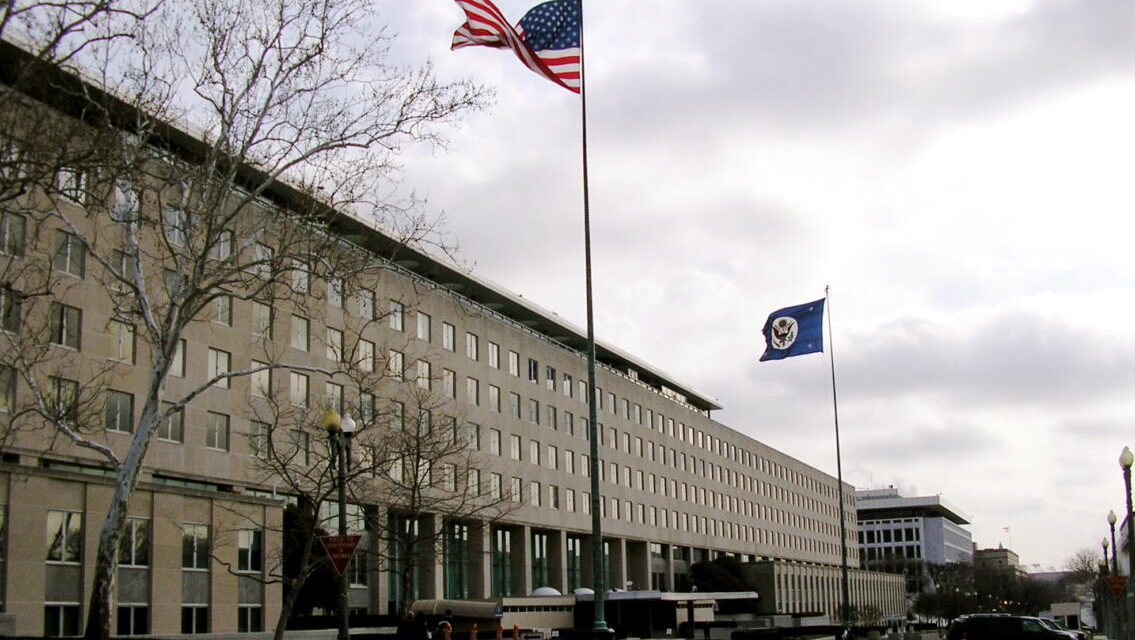Deniers have repeatedly claimed the global warming “hit the pause button” over the last few years. This idea that global warming had “paused” has been their biggest talking point of late. They have employed it to attack research that shows global warming was caused by increased emissions of greenhouse gasses. In short, they argued climate scientists were the ones “in denial” about “global warming,” not them. They proudly proclaimed victory over “eco-alarmists,” asserting that this “pause” demonstrated that all climate change models based on climate research were grossly inaccurate and misleading, at best, and outright lies, at worst.
Primarily, the argument they make says that rising temperatures have plateaued over the last 15 years or so. And it is true that atmospheric warming slowed. But global warming did not. This short video reveals the lie behind the claim of a global warming pause better than a thousand words from me:
As you can see, 93% of the increased heat caused by more and more greenhouse gas emissions leading to ever increasing levels of those gases in the atmosphere, was absorbed by the Earth’s oceans. The rise of ocean temperatures never paused or slowed or leveled off – quite the contrary. And now we are poised for rapid increases, again, in atmospheric temperatures.
Humanity is about to experience a historically unprecedented spike in temperatures. […]
Papers in two leading journals this week reaffirmed that the warming effects of a substantial chunk of our greenhouse gas pollution have been avoided on land for the last 15 to 20 years because of a phase in a decades-long cycle of ocean winds and currents. With Pacific trade winds expected to slacken in the years ahead, the studies warn that seas will begin absorbing less of global warming’s energy, and that some of the heat they’ve been holding onto will rise to the surface.
“Their results make sense to me, and are consistent with other evidence,” National Center for Atmospheric Research scientist Kevin Trenberth, who has published research dealing with the relationship between Pacific Decadal Oscillation (PDO) phases and surface warming, but who was not involved with either of the new studies, said. “The PDO clearly plays a key role — and very high PDO values in recent months appear to signal a change.”
The growing body of research helps explain why ocean temperatures have been rising faster than anticipated, and, perhaps more compellingly, why land temperatures rose less than models had projected after the turn of the century — a mystery, sometimes dubbed the warming “hiatus,” “pause” or “faux pause,” that confounded science until just the last couple of years.
“The hiatus [i.e., “pause”] is associated with the negative PDO phase — with strong subtropical trade winds that pile the warm water up in the tropical western Pacific, and bury some warm water in the subtropics,” Trenberth said. “If you turn that off, then the waters warm more generally and over a shallower layer, with consequences for the atmosphere above.”
So, the next time your climate challenged friends claim that temperatures have stopped going up, and thus the science that supports climate change is “all wet,” tell them, “Yes, that’s exactly what it is.” Then show them this video.






